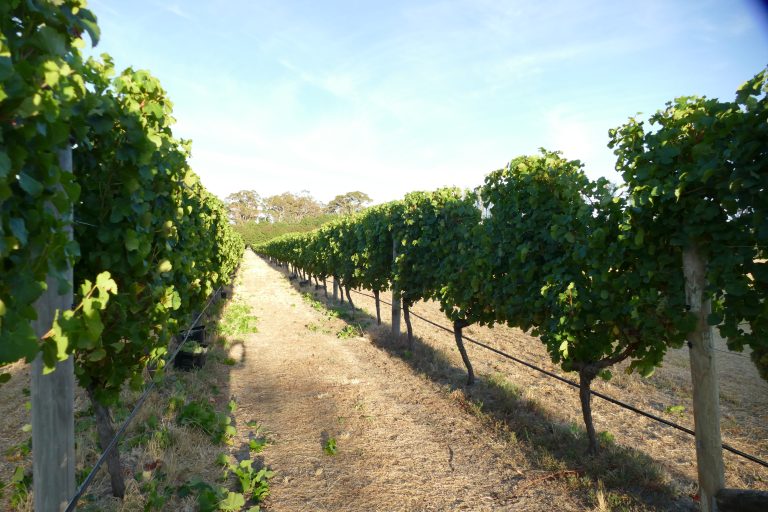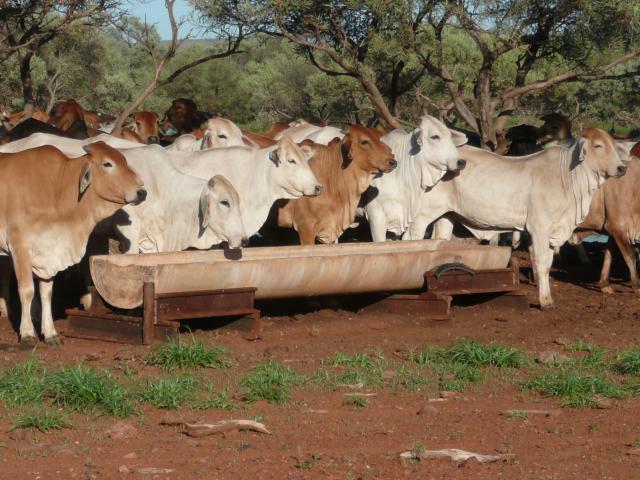Looking for a reliable plant sap testing option that offers rapid turnaround times?
Cowaramup Agencies uses NU-test; a quick and accurate tool for the monitoring and management of crop nutrition. Unlike tissue analysis, NU-test offers early detection and correction of any nutritional problems in your crop. Independent Agronomist Brooke Anderson and Cowaramup Agencies’ Mike Sleegers can assist with this process, with Brooke providing report analysis.
Concerned about turnaround times?
Cowaramup Agencies acts as a receival point for all samples. It is important these are received on a MONDAY or TUESDAY of the working week, to ensure timely and accurate results. Samples arriving to us are sent via Express Post as soon as they are received. Your results are ready within 24 hours of your samples reaching the lab.
What you can expect with NU-test
Reports take between 3-6 days inclusive (and dependent) of mail times.
Your results will show nutrient uptake and balance at the time of sampling, as well as the effect of remedial nutrient applications. The standard test range is:
Nitrate (NO3), Chloride (Cl), Ammonium (NH4), Phosphorus (P), Potassium (K), Calcium (Ca), Magnesium (Mg), Sulphur (S), Zinc (Zn), Boron (B), Sodium (Na), Copper (Cu), Manganese (Mn), Iron (Fe), Molybdenum (Mo)
Sap brix and additional elements can also be tested on request.
All results are reported in parts per million (ppm).
NU-test Sampling Technique
For NU-test results to be meaningful, a consistent sampling technique is important.
Procedure
Collect samples at a consistent time of day, preferably early in the morning.
Samples must be collected from the same area and at approximately the same time for all subsequent samples. It helps to mark out the sampling area.
Ensure a representative section of the crop is selected (e.g. 1-2 hectare).
For random sampling follow a zig-zag (W or Z) pattern through the selected area.
If the crop covers large areas with distinctly different soil properties that can be fertilised independently, and the crop appears different in these areas, they should be sampled independently.
Avoid areas that do not represent the majority of the crop. These include:
- fence lines or tree lines
- high or low points within the paddock
- culverts and irrigators
- fertiliser dumps or burn off sites
- variations in soil type (more than one sample may be necessary)
- anything that is not indicative of the overall paddock
- Irrigation overlaps
- variation in growth stage
For grapevines, take 30-50 petioles from opposite the basal bunch. Discard all leaf blade prior to posting.
Sample Preparation, Transport and Care:
Prepare the sample as per the specific sampling instructions.
Place the sample in a clean, dry plastic bag for transportation. Do not use paper, as dehydration will occur. The sample must be refrigerated until mailing or delivery takes place. An esky should be used for transportation from the paddock, a fridge for short term storage. Do not freeze the sample or put it directly on ice bricks.
Label each sample carefully and use the labels provided through – this link here. When sending more than one sample, make sure that the numbers on the bag correspond with the numbers recorded on the label in the same row as the sample details. Contact Cowaramup Agencies if you would like a sample label book that provides a carbon copy of the label for you.
When mailing samples, we advise to wrap the plastic bags containing the sample(s) in newspaper for insulation.












